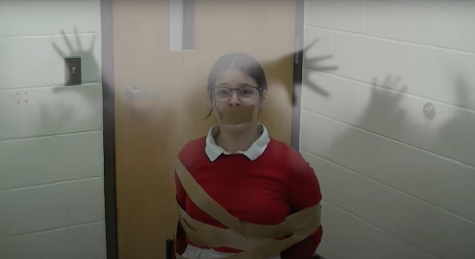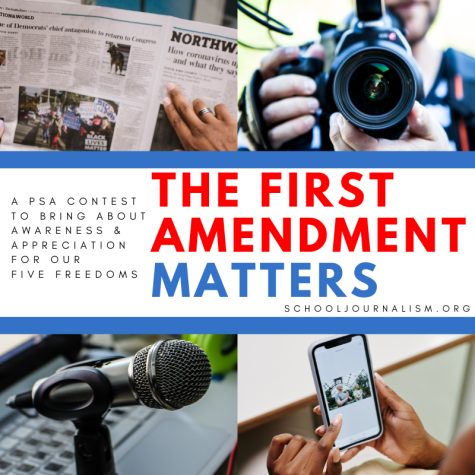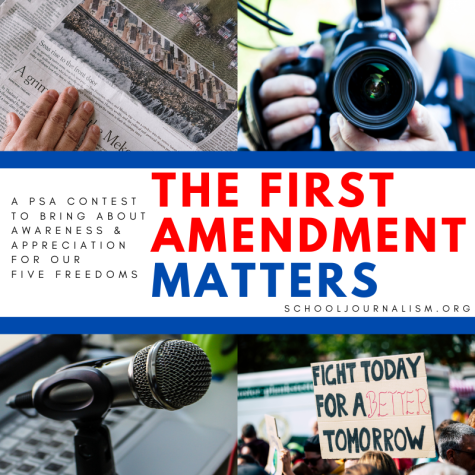Making Time for Long-Form Journalism
Sophie Goalson (pen name Sophie Lucido Johnson) is a writer and illustrator. Her work has been published in “The New York Times,” “The New Yorker,” and “The Guardian,” as well as other publications. She also teaches journalism, podcasting, and creative writing at Chicago’s sole art conservatory public high school. Part of her duties include overseeing the web-based student newspaper and the student-directed podcast for the Chicago High School for the Arts.
Sophie noticed her journalism students needed more time to read, process, and analyze longer news articles, so she created a game plan to give them the opportunity to do so.

She read a variety of long-form articles and selected the most interesting and well-reported pieces. Then, Goalson printed out the articles (five copies only of each because she feels “scarcity is attractive”) and presented the stories to the class “Reading Rainbow”-style.
She set aside 20 minutes of uninterrupted reading time when students had to put their phones away to focus on the task at hand. Students chose an article that interested them and for 20 minutes focused on reading the piece and potentially annotating it for discussion.
Goalson believes the printouts offer students linearity and focus because digital articles have too many distractions. In a world of pop-up advertising, multiple tabs open on browsers, and push notifications, going analog with this process helps students focus well in Goalson’s classroom.
After reading, small groups talked about the articles and discussed what was compelling — or not — about the writing.
Goalson’s purpose with this assignment was to get her students to fall in love with reading longer pieces of writing so they’ll want to do some deeper long-form journalistic pieces of their own. She even challenged them to take home the extras to give to their friends or hand them out on the train. Several students took her up on that challenge!
This could be an excellent exercise to try in your journalism classroom, too. By giving students the time and space to focus on long-form, well-reported journalism, they will get a feel for how and why these types of articles still hold value in a time of shortened word counts due to shrinking attention spans.
Goalson has other tried and true methods for teaching journalism, too. They can be found in this article and also on her website.
For assistance in finding strong long-form Journalism to carry out this plan in your classroom, use the following links:
Great Long-Form Journalism, Just Clicks Away
10 Top-Tier Websites for Long-Form Journalism











